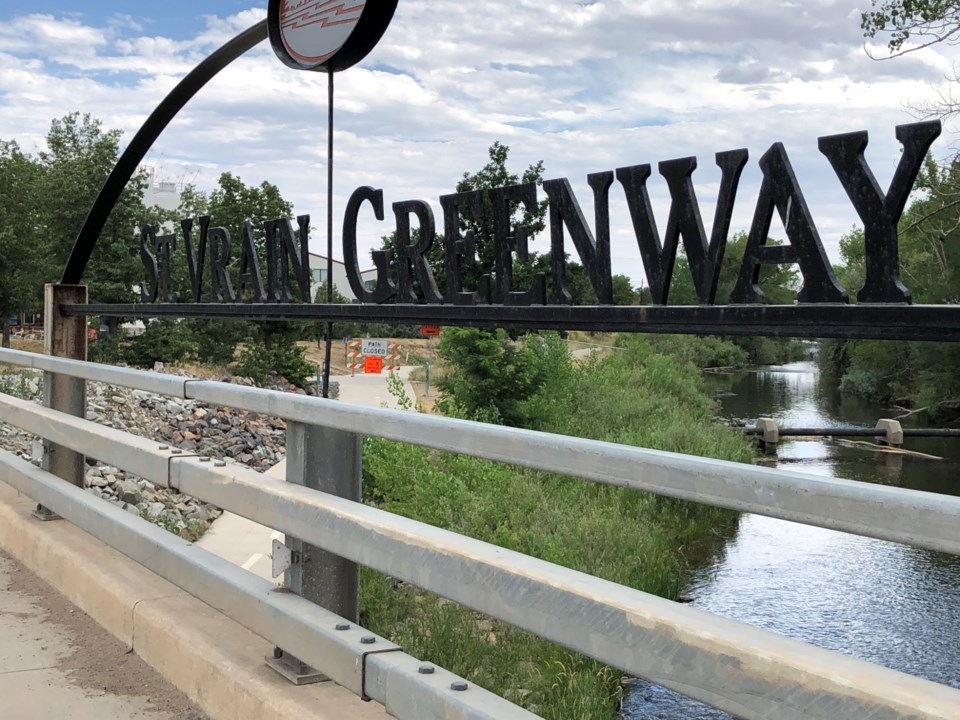The Longmont Leader accepts contributions, photos, and op-eds for publication from community members, business leaders and public officials on local topics. Publication will be at the discretion of the editor and published opinions do not represent the views of the Longmont Leader or its staff. To submit a contribution, email [email protected].
Vote yes for ballot issue 3C. If passed this measure will authorize $20 million in new financing for storm drainage projects in Longmont; the new bonds will be used to finance improving the channel capacity of the St. Vrain Creek from Sunset Street to Hover Street. This would be considered the second phase of a larger project that began in 2014. It will not require new taxation.
It is the responsible decision to vote yes for 3C in terms of social justice, equity, and sustainability. There are low-income neighborhoods within the St. Vrain corridor vulnerable to floods. Improvements will protect these communities.
The St. Vrain riparian corridor is a valuable recreational asset for Longmont, however, it is underused. It needs to be an asset for all segments of the community not just a few privileged. Making it safe, taking acres out of the flood danger, is the first step.
It is possible, and it is also the environmentally responsible option, to preserve St. Vrain as a wild life corridor, with the currently enforced setbacks, and still have attractive and well-attended development facing the corridor. There are many examples of such corridors in various cities of U.S. This is also the smart growth pattern envisioned and underlined by Envision Longmont, our current comprehensive plan. Investing on current infill locations and creating a more efficient and compact land use pattern in the central locations of the city lessens the sprawl; fewer subdivisions in the corn fields. Anybody who is serious about environmental impact of urban growth, needs to understand that reducing sprawl should be the first priority.
Korkut Onaran, Ph.D.
Author of Urbanism for a difficult future: Practical responses to the climate crisis.



